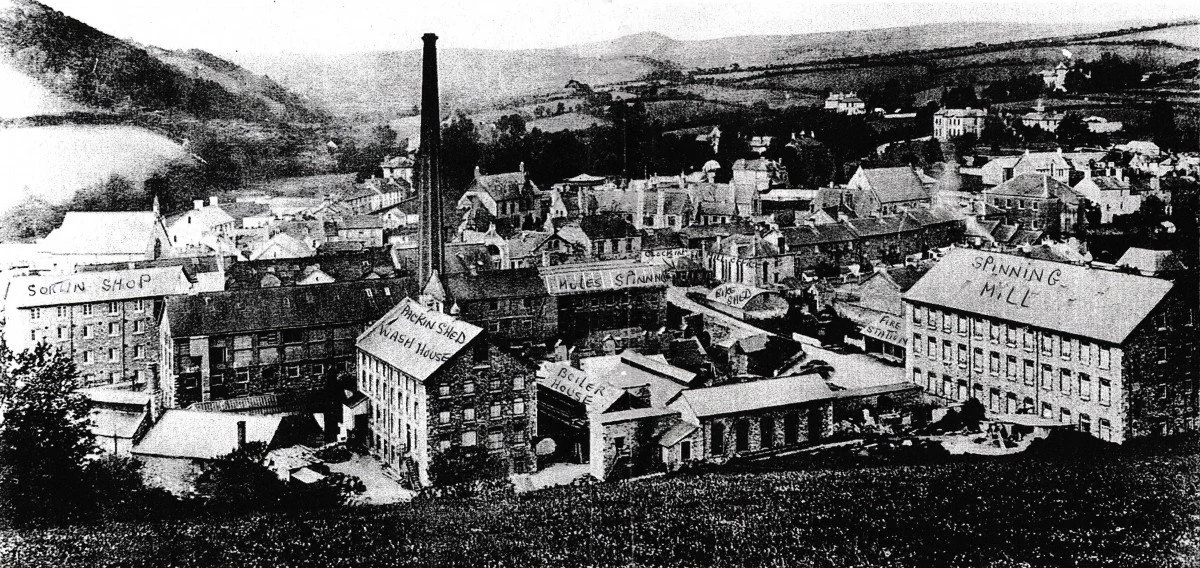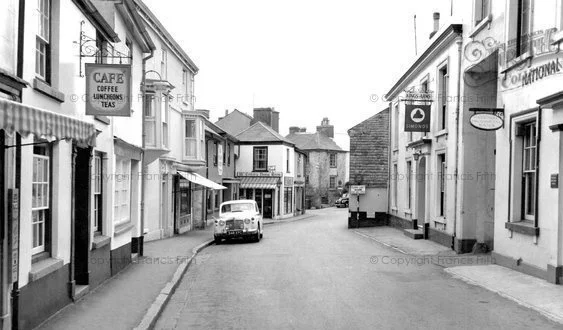The Vernacular endeavour – be it the making of theatre or the building of a house, starts from the local, from conversations with people you know and the gathering of materials that are nearby. It does not start with the motive of financial gain. The scale is relationship friendly. In the making of the Vernacular the nature of the place is the starting point, and the making of the theatre is a process of learning about and honouring that place.
Vernacular Theatre emerges from the six stages of the Foraging Process:
Foraging
Prepping
Recipe writing
Cooking
Feasting
Washing-up
The result is homespun and may be rough in texture. There are techniques that are bespoke, things that are handed down and particular to each project. The performers are not paid, and the audience receive something that is a gift. It is made by people of all ages. It may be woven from their experiences and stories. There is a care carried in the relationships that are nurtured. The number and nature of performers is decided by who joins in. It is made from materials that are particular to the locality. Nothing is expected in return.
From Vernacular Theatre, Intellect Books 2025.


